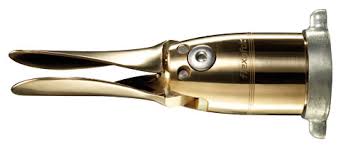30 expert tips for crossing the Atlantic: 26-30
26. Choose a compatible crew
If you sail with people you like, the crossing should be good fun. Some tips to help choose the right mix include:

– Find one person whose abilities you are confident in and who shares the same approach. Complementary skills, such as electrical or mechanical know-how, are also very useful.
– Agree terms and conditions in advance, particularly financial contributions.
– Make sure at least some, if not all, of your crew have a first aid and a sea survival qualification. Other qualifications are a bonus.
– It’s a long way to sail, so plan to have a halfway party or celebrate someone’s birthday – think of an excuse.
How to be a winning skipper – the surprisingly simple secrets to forming and leading a great crew
27. Take extra crew for the crossing
Don’t shy away from taking on extra crew if you’re short-handed and think you’ll need them. Places to look include the free ARC forum run by World Cruising Club. Give yourself an edge by starting to look early. There are also agencies such as Crewseekers.

How to be a good crew member on a long ocean passage
If someone drops out at the last minute, there are usually plenty of young people to choose off the dock, and that can often work out very well in the mix as they will be eager to please. Look for well presented and organised people with references, testimonials, copies of log books, telephone and e-mail numbers, and check out the references.
28. Fit a folding prop
“The drag from a standard three-bladed propeller is surprisingly large,” says James Anderson. “A folding propeller may be expensive, but a half-knot increase in speed is worth 12 miles a day or nearly a day per week on a long voyage in a small boat.”

21 best upgrades for ocean cruising – make life on board more comfortable
29. Clean the bottom
A day or two before you leave, get everyone in the water to give the bottom a wipe down and make sure the prop is clean, advises Mike Kopman. When you’re doing thousands of miles you want to be doing it as efficiently as possible.

ARC weather man Chris Tibbs prepares his boat for ocean cruising
30. Get stuff secured
Don’t underestimate the effects of constant movement. Everything will roll, squeak and rattle if you don’t and the cumulative effect of days of small movement can be surprisingly damaging.

Bluewater Sailing Techniques Part 10: the care and use of the ship’s dinghy
“Pay particular attention to heavy items like the anchors, liferaft, jerrycans, gas bottles and the tender. If the tender is stored on davits, sling some webbing under it for back-up. Don’t rely on the lifting rings inside. You don’t want to be recovering a tender at sea,” says Mike Kopman.




